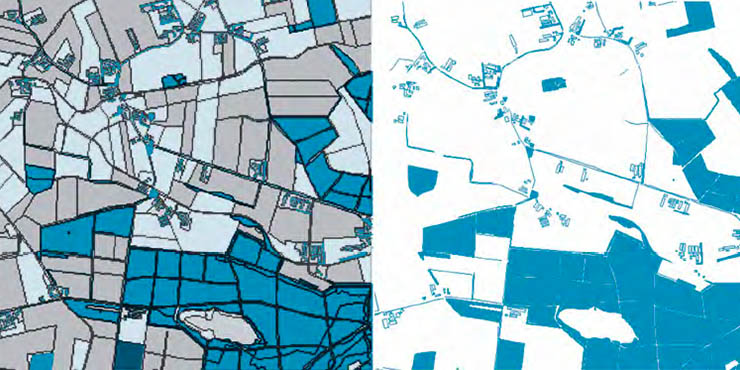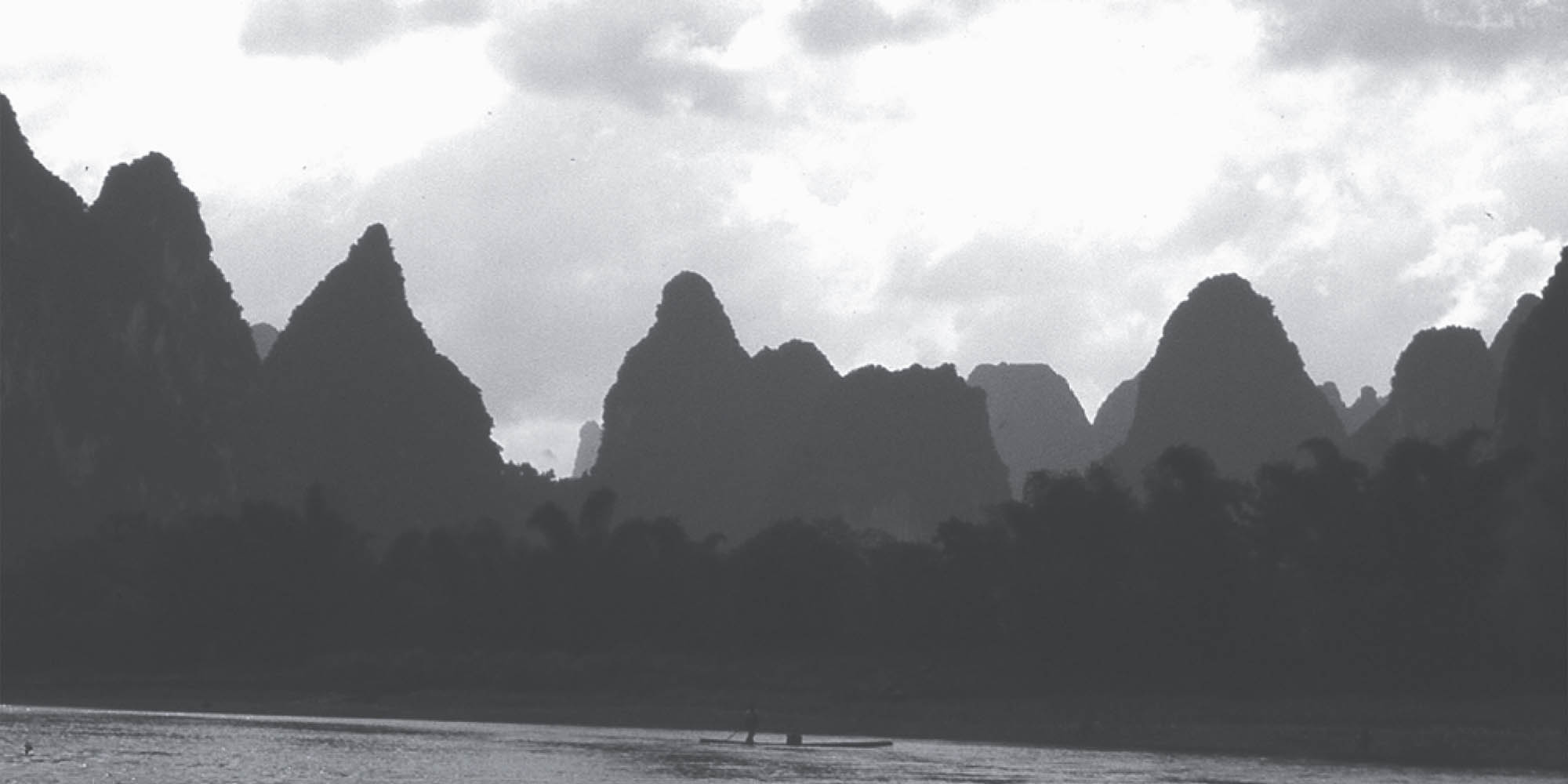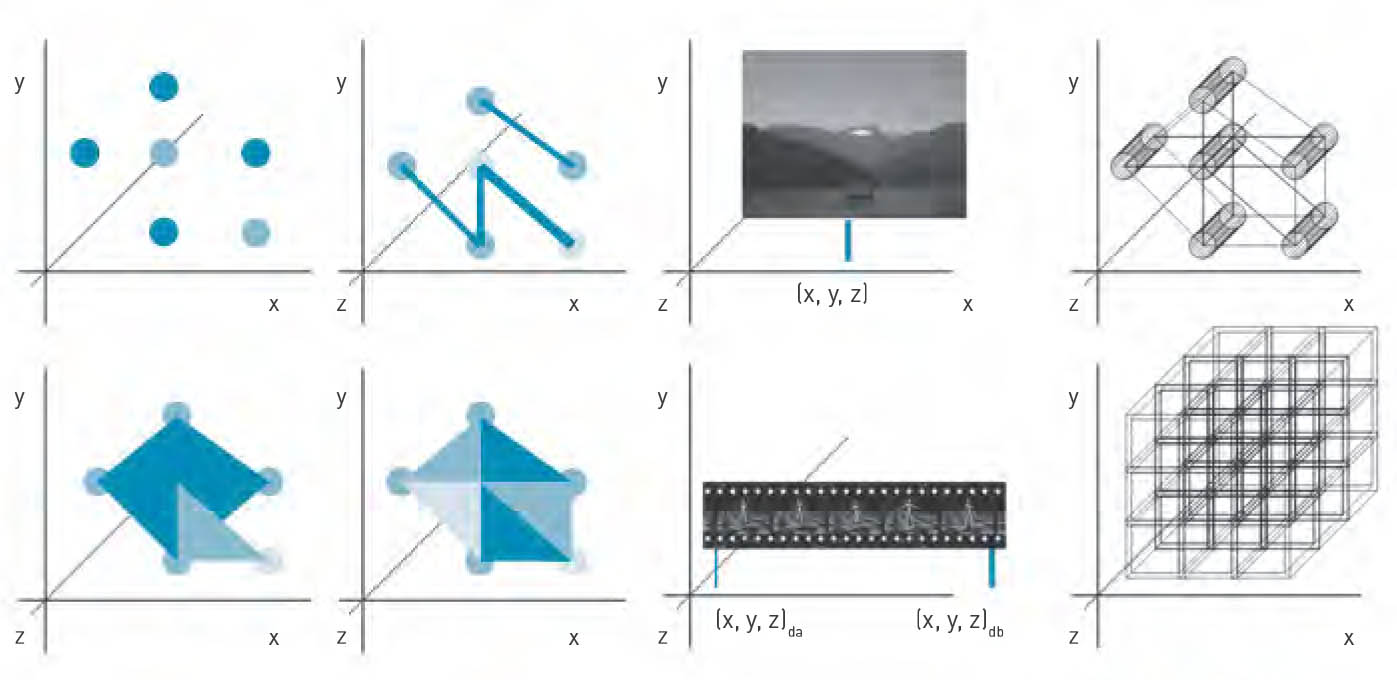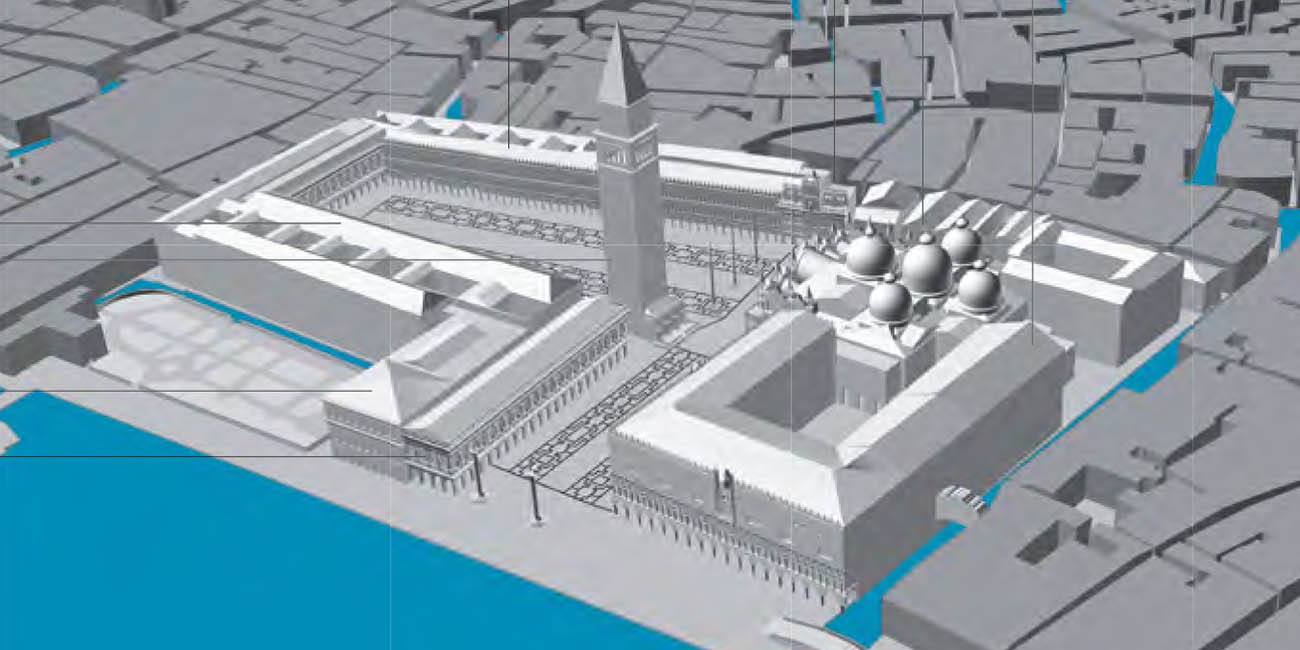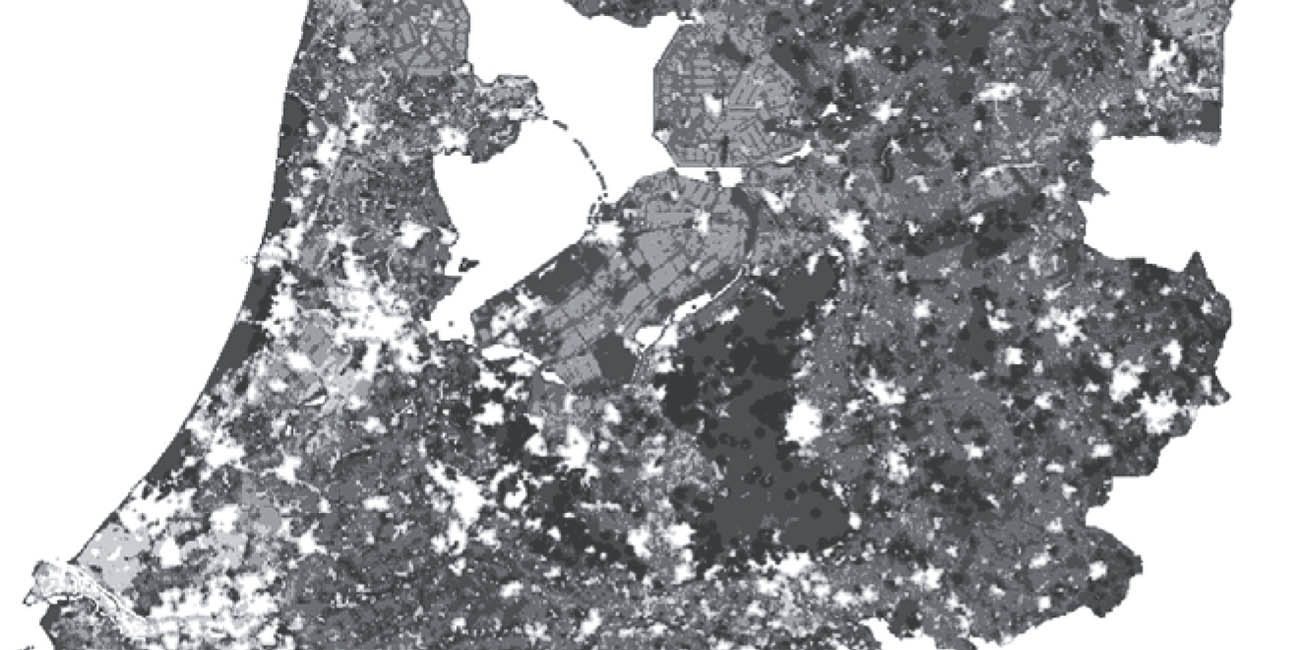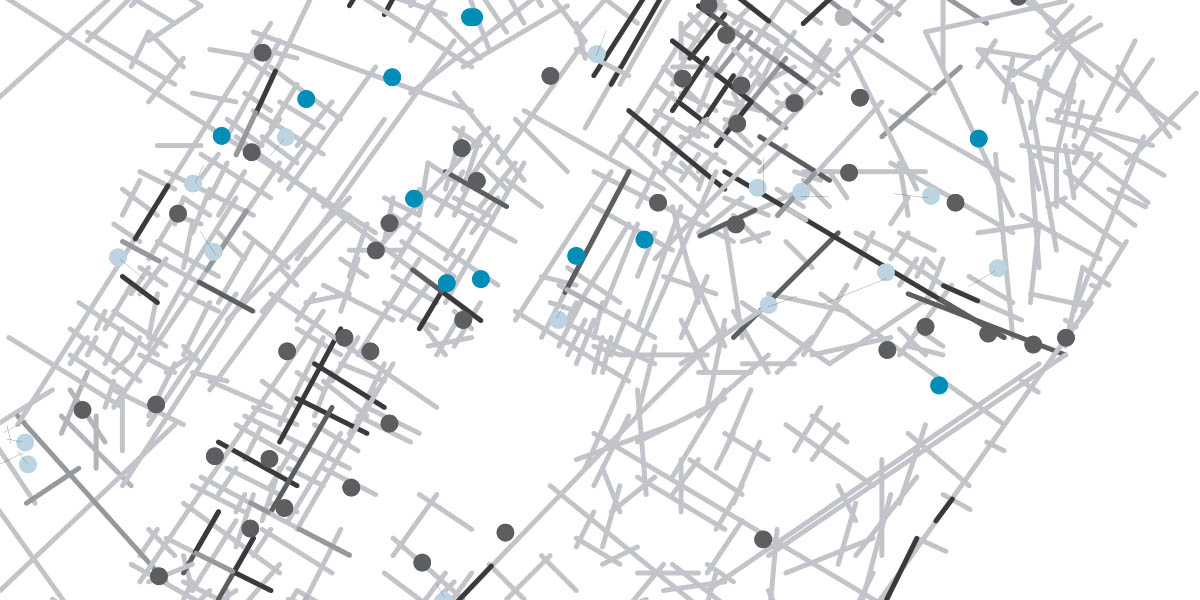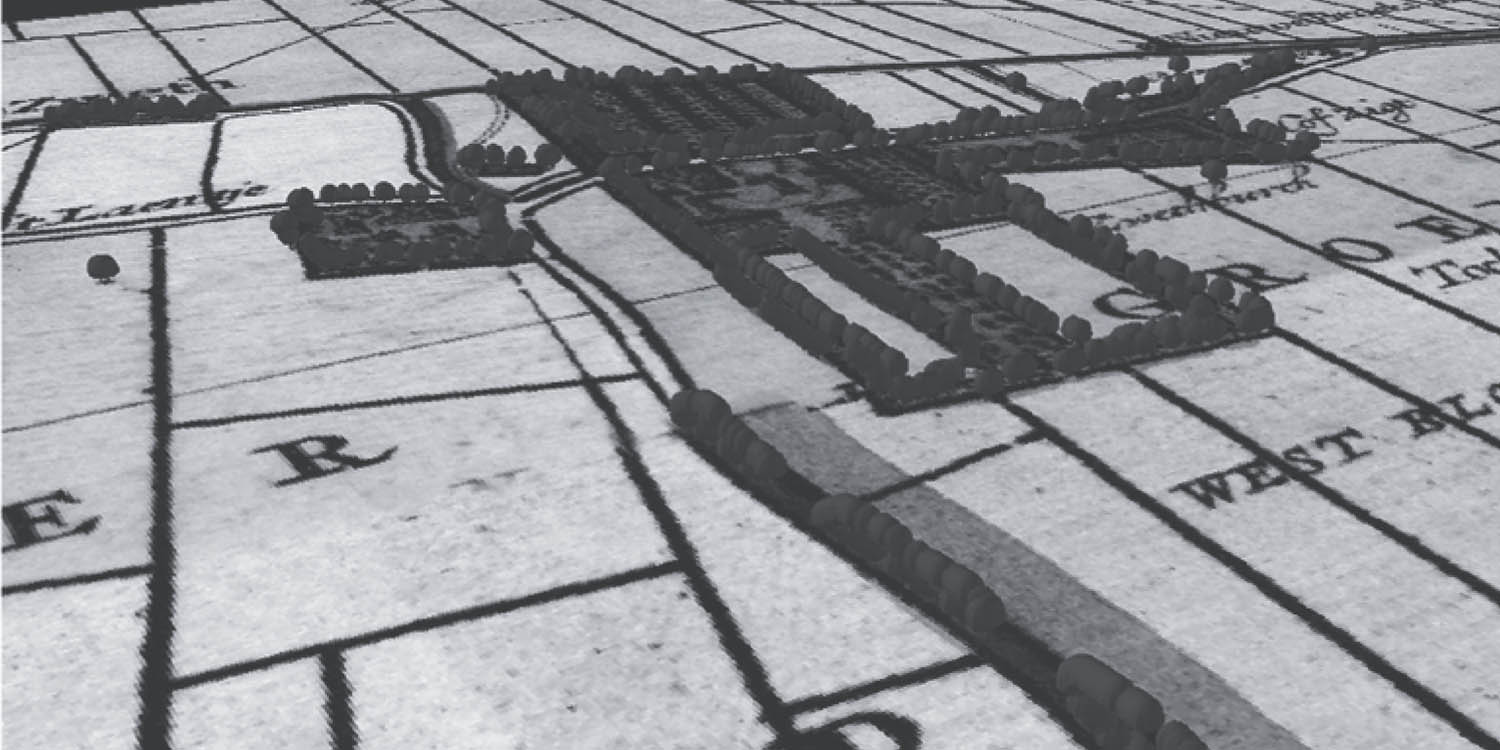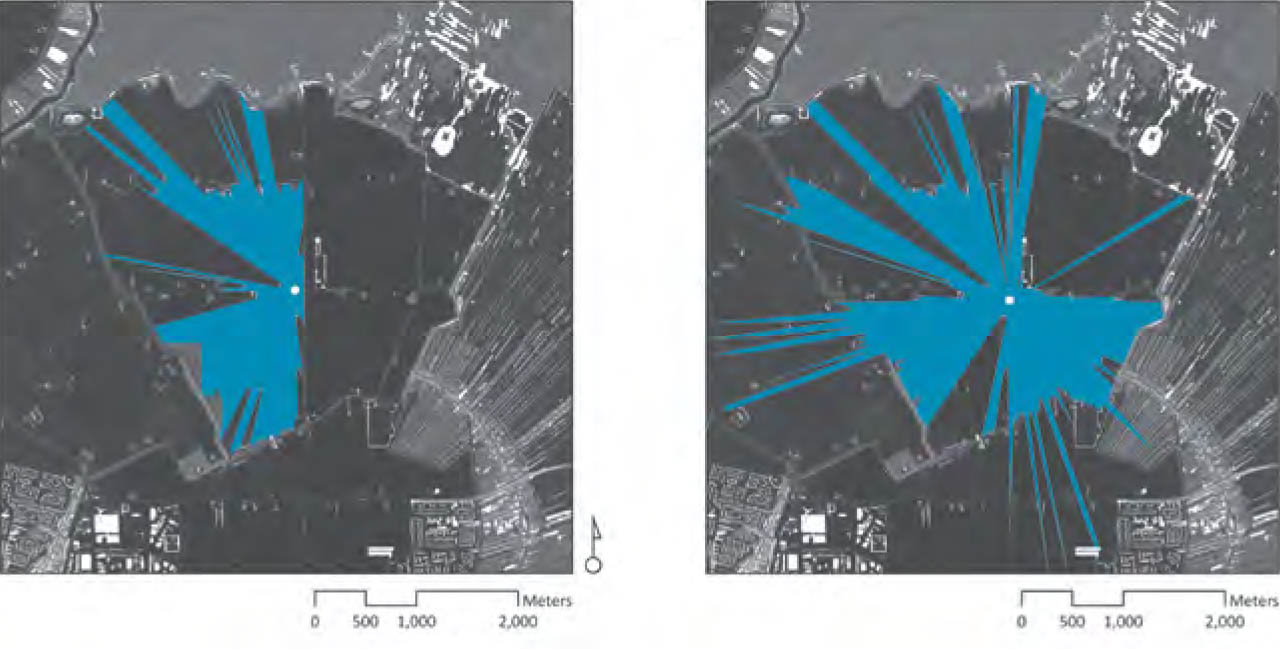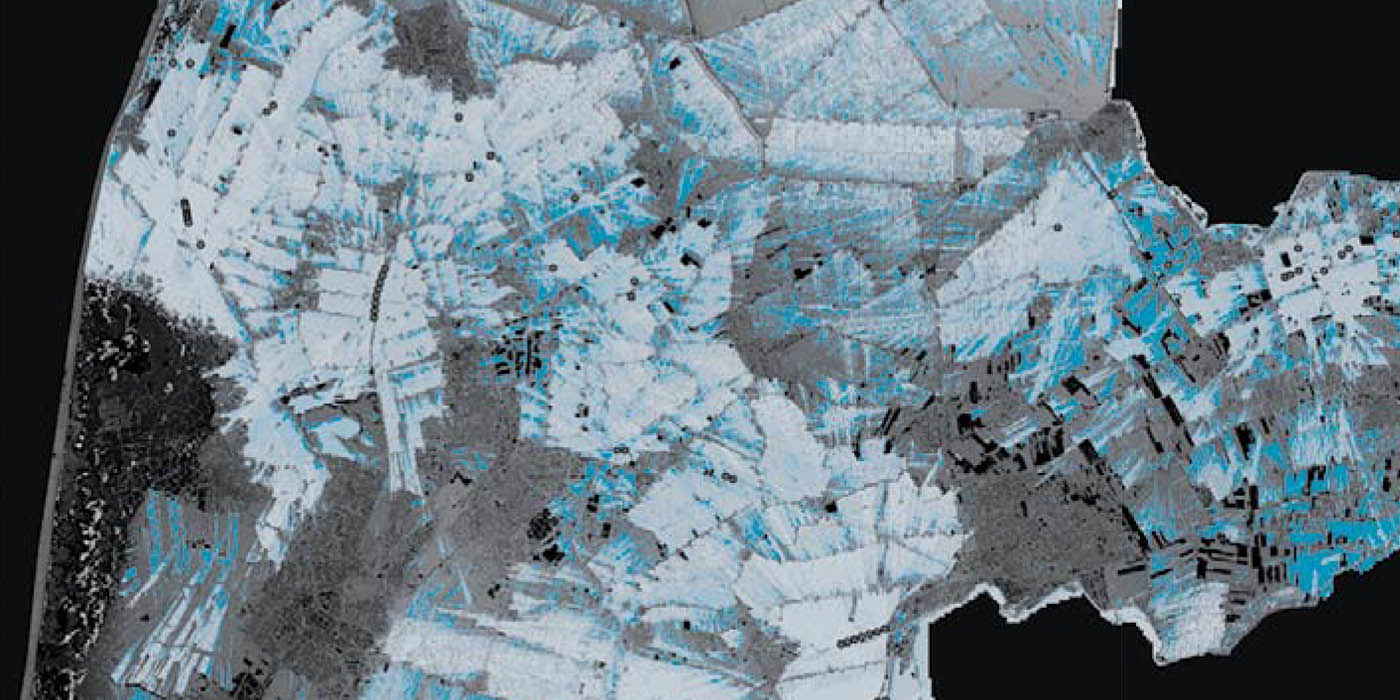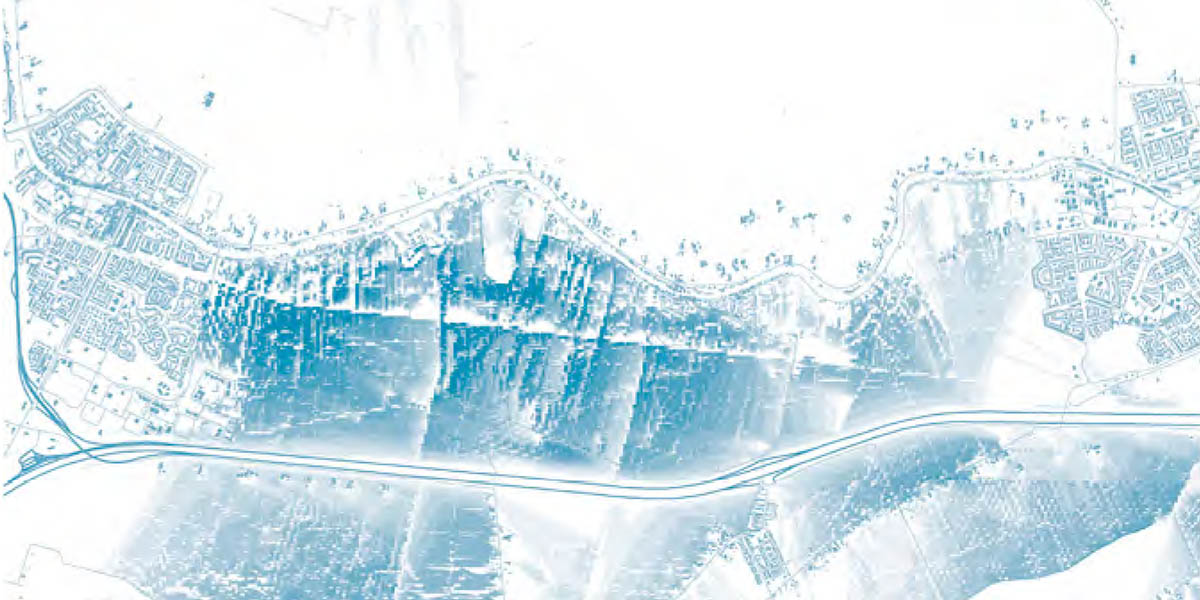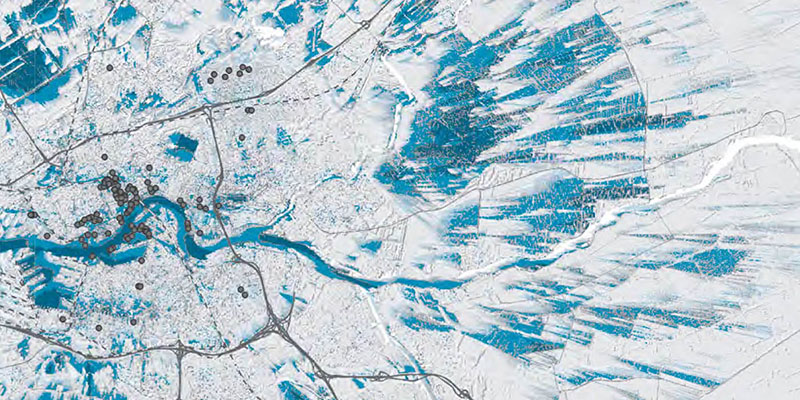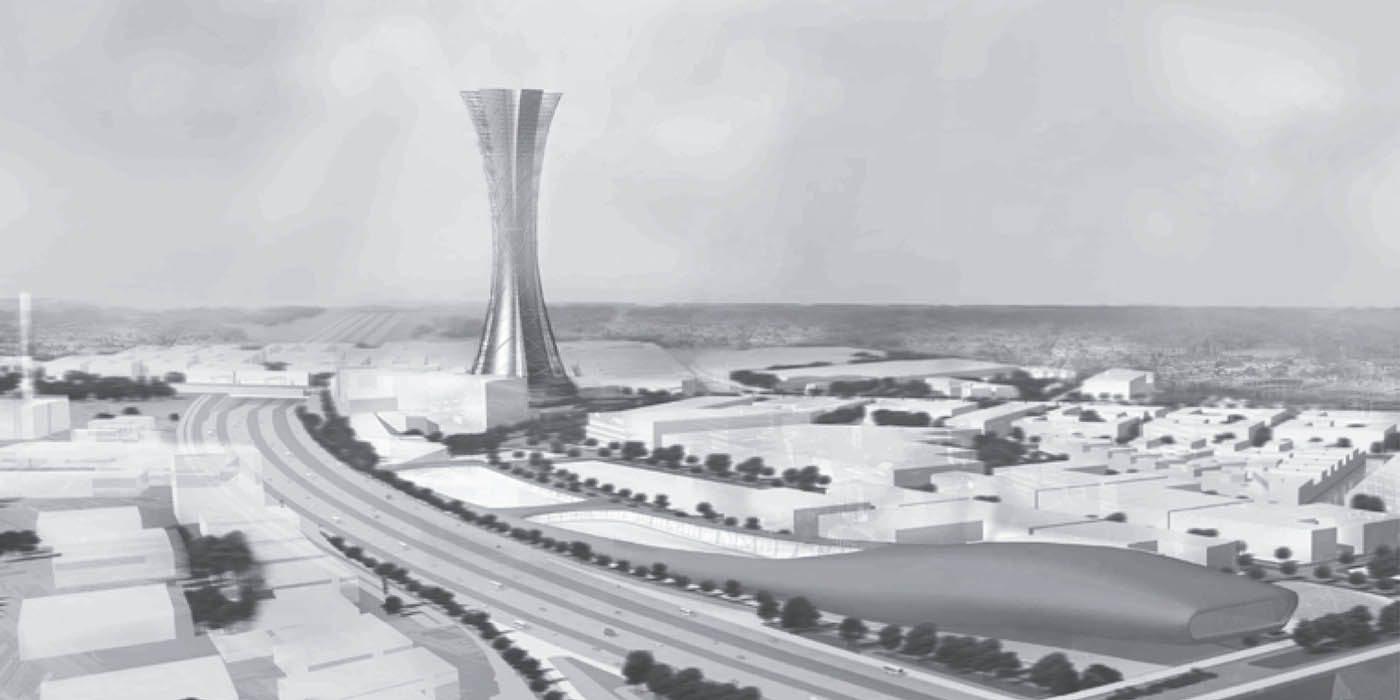
Exploring the Visual Landscape is about the combination of landscape research and planning, visual perception and Geographic Information Science. It showcases possible ways of getting a grip on themes like: landscape openness, cluttering of the rural landscape, high-rise buildings in relation to cityscape, historic landscapes and motorway panoramas. It offers clues for visual landscape assessment of spaces in cities, parks and rural areas. In that respect, it extends the long tradition in the Netherlands on physiognomic landscape research and shows the state of the art at this moment.
Exploring the Visual Landscape offers important clues for theory, methodology and application in research and development of landscapes all over the world, from a specifically Dutch academic context. It provides a wide range of insights into the psychological background of landscape perception, the technical considerations of geomatics and methodology in landscape architecture, urban planning and design. Furthermore, there are some experiences worthwhile considering, which demonstrate how this research can be applied in the practice of landscape policy making.
BOOK DATA
Publisher IOS Press // Book Editors Steffen Nijhuis, Ron van Lammeren, Frank van der Hoeven // Publication date September 2011 // Pages 336 // Duo-colour // ISBN 978-1607508328 // Price €80 / $116 Excl. VAT
Editorial
-
Visual landscape research is an interdisciplinary approach important for landscape and urban planning. This field of research integrates: (1) landscape planning, design and management concepts, (2) landscape perception approaches, and (3) GISc-based methods and techniques in order to map the visual landscape. It offers possible ways of getting a grip on themes like: landscape openness, cluttering of the rural landscape, high-rise buildings in relation to cityscape, historic landscapes and motorway panoramas. This article is an introduction to the field of visual landscape research and...
Articles
-
While environmental psychology is a leading discipline in the study of human responses to the visual landscape, various other disciplines contribute to our understanding of the psychological reception of landscape as well, such as human geography, leisure sciences and sociology. Despite the disciplinary differences, all approaches share two core assumptions: (1) the way people experience landscape is influenced but not determined by physical landscape attributes, a complex mental process of information reception and processing mediates between the physical landscape and the mental...
-
Any environment, natural, rural or urban, cannot be only reduced to a physical object that is measured, analysed, monitored, or captured through mapping, human beings also relate to their environment through their beliefs, emotions and senses. This existential relation brings together the objective and the subjective, the physical qualities of the space and its perceptual and sensorial experience, the tangible (quantitative) geographic values and the intangible (qualitative) emotional connotations.
This article addresses how we can map and monitor, the quantitative and the...
-
Geomatics is a technology and service sector focussing on the acquisition, storage, analysis and management of geographically referenced information for improved decision-making. Landscape physiognomic and research –and its GI science application. The geomatics developments since 40 years confront us with many new algorithms and a variety of geo data. Due to these the interest in physiognomic research has been increased. This article links the variety of geodata and its processing functions to the landscape physiognomic research framework. This link is based on an overview of the geo...
-
A core activity of landscape architecture is designing and construction of outdoor space. In addition to that landscape architecture can be considered a matter of epistemology, a way of looking, with the architectonic composition as core of landscape architectonic research and design. An architectural composition can be comprehended by addressing four layers of interest: basic form, corporeal form, visible form and purposive intention. This article argues that GISc offers researchers new possibilities for representing, analysing and modelling landscape architectonic compositions to study...
-
Offering people scenic beauty is one of the most frequently mentioned landscape services. In the Netherlands it also has become an explicit policy goal: “we want a beautiful country to live and work in”. However, instruments to help policy makers and spatial planners to implement this relatively new goal are largely lacking. Where do people like the landscape in their living environment and where do they not? And which physical characteristics influence this appreciation and to what extent? To provide such information in a cost-efficient way, a model was developed to map, monitor, and...
-
This article aims to show the spatial properties for indicating degrees of street life, safety and economical attractiveness in urban areas through analysing the one- and two-dimensional visibility analyses of the space syntax method. The space syntax method is able to calculate the spatial configuration of built environments and can be applied on a wide scale level in research on built environments - from the organisation of furniture in a room up to the metropolis, making possible, in the first instance comparison of built environments with one another from a spatial point of view....
-
Using 3D computer graphics technology, we are able to create virtual reconstructions of (almost completely) disappeared landscapes. The applications of these virtual historic landscapes range from landscape archaeology, edutainment to landscape planning. Although computer graphics technology matured and photo-realistic representations are achieved, the creation of realistic virtual reconstructions remains problematic. For a realistic user experience, we need to know which cues influence the user perception. However, poor-defined visualization requirements for 3D virtual historic...
-
People identify with landscapes and landscapes contribute to a sense of place and wellbeing. The landscape is therefore an important contributor to quality of life. New developments, such as urban and infrastructure projects and the expansion of large-scale agriculture, introduce many new elements into traditional landscapes, altering their visual appearance and perceived quality. These changes may have significant influences on people’s quality of life. In order to protect or enhance the visual landscape, changes in the visual landscape should be given explicit attention in landscape...
-
Spatial quality is a key element in landscape policy of the province of Noord-Holland in the Netherlands. Visual attributes such as spaciousness, openness, and landscape enclosure are considered as constituent elements of spatial quality and play a crucial role in comprehending and defining landscape identity. This article introduces a landscape planning and design oriented approach towards landscape physiognomic issues in order to describe, protect and develop the visual landscape. Expert knowledge and advanced spatial research methods and techniques are combined in a landscape...
-
Motorways were initially built outside cities, and intended to connect them. Nowadays they are an integrated part of the urban landscape. In the Dutch context of high-density land use with a scarcity of open spaces, the challenge of motorway design is shifting from attempts to fit the infrastructure into the landscape towards moulding spatial developments to fit the motorway. This is presenting policymakers with a challenge, as new motorways are rarely being constructed, while urbanisation is an ongoing process. As early as 1928, Professor J.H. Valckenier (Delft University of Technology)...
-
West European cities like London, Paris, Rotterdam and Frankfurt am Main have seen impressive high-rise developments over the past two decades. The cities with a longstanding tradition of urban management, building regulations and zoning plans seem to feel the need for additional instruments to control the development of what is described by McNeill (2005) as "an extremely complex spatial phenomenon". It was only after the emergence of a new type of high building development in the inner cities and suburban centres in the early 1990s that the image of high buildings started to change for...
-
This is a story about an early feminist eighteenth-century intellectual, a proposal for a mighty skyscraper on the edge of a mid-size Dutch city, a chief government architect who was trying to find arguments to save the unspoilt views of the Green Heart of Holland and a group of researchers in the Netherlands Institute for Spatial Research. Historical references, unashamedly conspicuous architecture, present-day ideas on landscape conservation and planning policy are the main ingredients of the story. Why was the view of Utrecht in 2007 more widely discussed than Vermeer's View of Delft...
